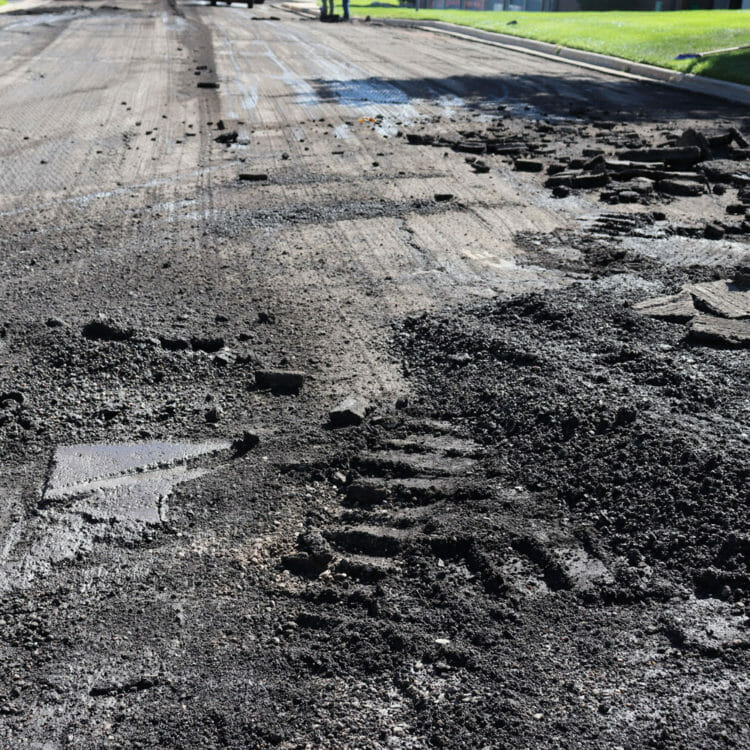But the story of asphalt begins thousands of years before the founding of the United States. Asphalt occurs naturally in both asphalt lakes and in rock asphalt (a mixture of sand, limestone, and asphalt).
The first recorded use of asphalt as a road building material was in Babylon around 615 BCE, in the reign of King Nabopolassar. In A Century of Progress: The History of Hot Mix Asphalt, published by National Asphalt Pavement Association in 1992, author Hugh Gillespie notes that “an inscription on a brick records the paving of the Procession Street of Babylon, which led from his palace to the north wall of the city, ‘with asphalt and burned brick.’”
We know that the ancient Greeks were familiar with asphalt and its properties. The word asphalt comes from the Greek άσφαλτος (asphaltos). The Romans adopted the word asasphalton, and used the substance to seal their baths, reservoirs, and aqueducts.
Many centuries later, Europeans exploring the New World discovered natural deposits of asphalt. Writing in 1595, Sir Walter Raleigh described a “plain” (or lake) of asphalt on the Island of Trinidad, off the coast of Venezuela. He used this asphalt for re-caulking his ships.


